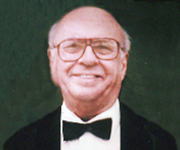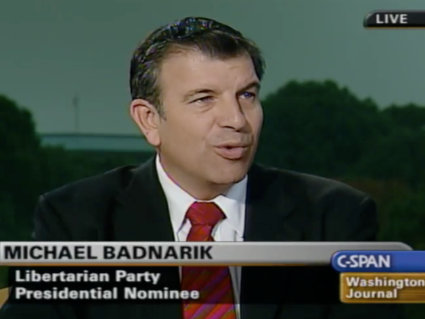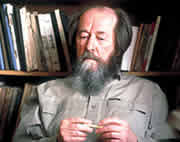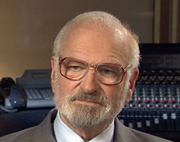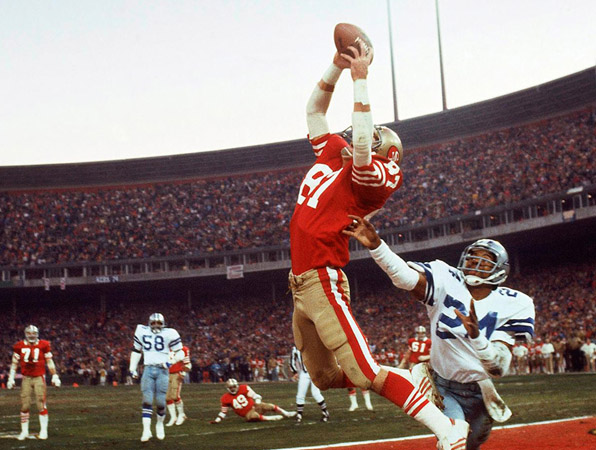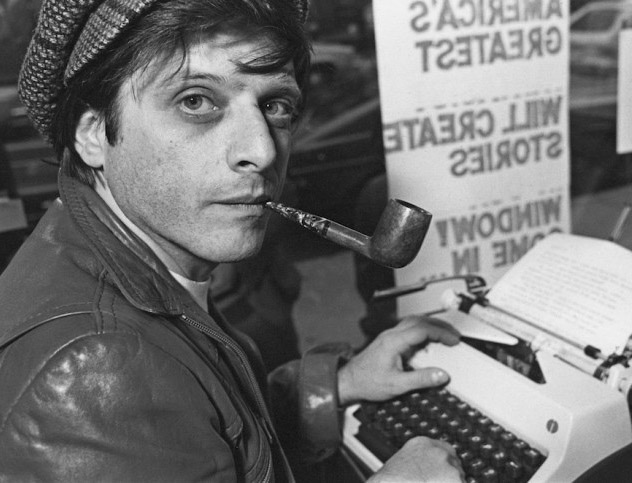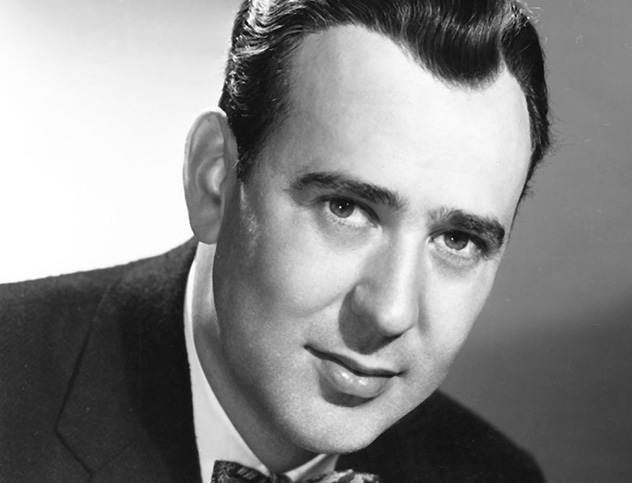Steel industry looking for government bailout!
PITTSBURGH, Pennsylvania - January
1, 2009 - The steel industry, having entered the recession in the best of
health, is emerging as a leading indicator of what lies ahead. As steel
production goes - and it is now in collapse - so will go the national economy.
That maxim once applied to Detroit’s Big Three car companies, when they dominated American manufacturing. Now they are losing ground in good times and bad, and steel has replaced autos as the industry to watch for an early sign that a severe recession is beginning to lift.
The industry itself is turning to government for orders that, until the September collapse, had come from manufacturers and builders. Its executives are waiting anxiously for details of President-elect Barack Obama’s stimulus plan, and adding their voices to pleas for a huge public investment program - up to $1 trillion over two years - intended to lift demand for steel to build highways, bridges, electric power grids, schools, hospitals, water treatment plants and rapid transit.
“What we are asking,” said Daniel R. DiMicco, chairman and chief executive of the Nucor Corporation, a giant steel maker, “is that our government deal with the worst economic slowdown in our lifetime through a recovery program that has in every provision a ‘buy America’ clause.”
Economists in the Obama camp said the president-elect’s proposals to Congress would include significant infrastructure spending that draws on heavy industry.
New spending should provide an immediate jolt to the steel business, which has already gone through the painful makeover now demanded of automakers. Steel mills were closed, companies were consolidated, hundreds of thousands lost their jobs and the survivors agreed to concessions. As a result, productivity shot up and so did profits, to record levels in the first nine months of this year. Even as the economy wobbled, steel held its own.
But then the recession hit in force. Steel goes into nearly everything made in America, from homes and office buildings to cars, appliances and light bulb sockets, and as construction and manufacturing wound down, so did the output of steel, plunging 50 percent since September.
The steel industry’s collapse closely tracks the alarming late-autumn swoon in the national economy, as the housing bust and the credit crisis converted a mild downturn into “a severe one that has much further to run,” says Nigel Gault, chief domestic economist at IHS Global Insight, offering a view increasingly shared by forecasters.
Through August, steel production was actually up slightly for the year. The decline came slowly at first, and then with a rush in November and December. By late December, output was down to 1.02 million tons a week from 2.1 million tons on Aug. 30, the American Iron and Steel Institute reported. The price of a ton of steel is also down by half since late summer.
“We are making our steel at four mills instead of six,” said John Armstrong, a spokesman for the United States Steel Corporation, adding that two mills were recently idled and the four still operating are running at less than full capacity.
“The third quarter was one of the best in U.S. Steel’s history,” Mr. Armstrong added. “And it has been a very precipitous drop from there.”
The cutback has been particularly hard on workers at the big integrated mills like those at U.S. Steel and Arcelor Mittal USA, with their blast furnaces and coke ovens converting iron ore and other materials into steel. Operated at less than full capacity, these mills are less efficient than the equally large “minimills,” like Nucor, whose electric arc furnaces can be operated efficiently at lower speeds.
So the plant closings have been mostly at the integrated mills, whose 50,000 workers - roughly 40 percent of the nation’s steelworkers - are represented by the United Steelworkers. The union says that early this year it expects 20,000 workers to be on furlough.
Ten thousand already have been. Kathleen Loepker, a millwright and mechanic, is among the most recent to join their ranks. She was laid off on Dec. 19 from the U.S. Steel plant in Granite City, Ill., which shut, putting more than 2,000 employees out of work. With nearly 30 years seniority, Ms. Loepker, 48, has worked through bankruptcies, union concessions and consolidations during which U.S. Steel acquired her mill in 2003.
Her income today is tied more to incentive bonuses than in the past. On layoff, she is collecting $20 an hour, which is 80 percent of her base pay of $25.12 an hour. That base pay, rather than rising significantly, is fattened by incentive bonuses tied to amounts of steel produced and to profits. It had been averaging an additional $7 an hour - money now gone until the mill reopens.
“No one knows when that will happen,” said Ms. Loepker, who lives by herself in a four-bedroom home she bought in nearby Belleville, three blocks from a married sister. “The company tells us the end of March, but they don’t know either,” Ms. Loepker said. “The uncertainty has everyone fearful.”
Not since the 1980s has American steel production been as low as it is today. Those were the Rust Belt years when many steel companies were failing and imports of better quality, lower cost steel were rising.
Foreign producers no longer have an advantage over the refurbished American companies. Indeed, imports, which represent about 30 percent of all steel sales in the United States, also are hurting as customers disappear.
The industry, in response, is lobbying the Obama transition team for infrastructure projects that would require big amounts of steel. Mass transit systems are high on the list, and so is bridge repair.
“We are sharing with the president-elect’s transition team our thoughts in terms of the industry’s policy priorities,” said Nancy Gravatt, a spokeswoman for the American Iron and Steel Institute.
The Obama team has not yet revealed details of the president-elect’s soon-to-be-announced recovery plan other than to indicate that most of the package will probably go into infrastructure spending rather than tax breaks.
“If the president-elect really follows through, he’ll fund a lot of mass transit projects,” said Wilbur L. Ross, Jr., the Wall Street dealmaker who put together the steel conglomerate known as Arcelor Mittal USA. “All the big cities have these projects ready to go.”
The sharp slide in steel production has several causes. Construction and auto production have fallen sharply; between them, they account for 57 percent of the steel bought each year in the United States, according to the Iron and Steel Institute. Appliances, machinery and other electrical equipment account for an additional 13 percent, and the fall-off in production of these goods has also reduced steel orders.
Then there are the wholesalers, known in the steel industry as service centers. They buy in huge quantities from the mills, building up inventories and selling to customers like a construction company that needs I-beams to build a shopping center, or a manufacturer of auto parts in need of steel tubing.
Until recently, the inventories were bought on credit, and the service centers constantly replenished these stockpiles as steel was sold to end-users. But now the service centers, unable to borrow money easily and reluctant to borrow anyway in these hard times; have stopped buying from the steel mills. They are selling off their inventories instead, raising cash in the process. It is a tactic that annoys Mr. DiMicco, the Nucor chief, no end.
“They don’t want to be without cash when they go into whatever the black hole is that is being created by the financial crisis,” he said, and faulted the nation’s lenders for collecting billions in government bailout money and then, in his view, refusing to lend it to the service centers on reasonable terms. “Credit completely dried up,” Mr. DiMicco said, “and it is still hard to get.”




